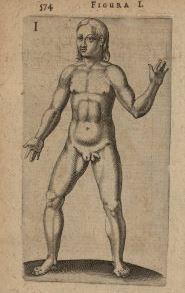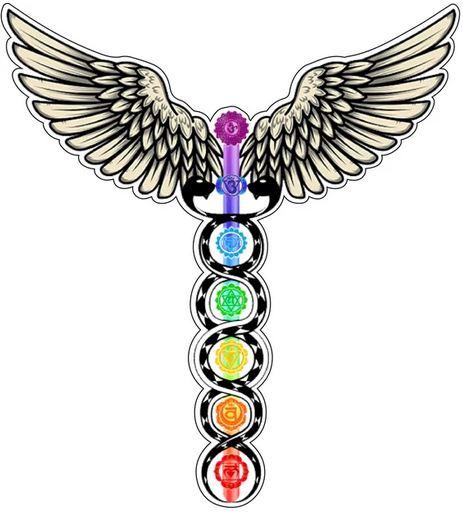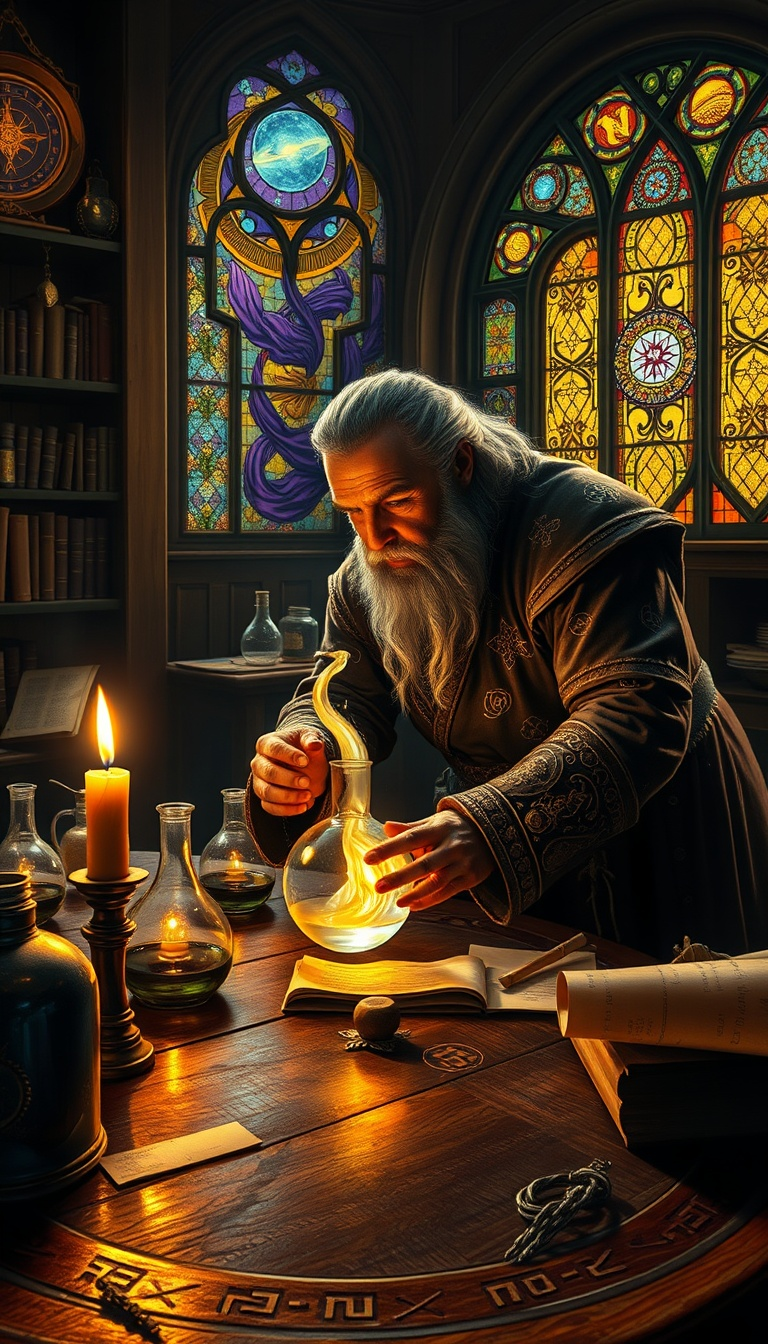Hermaphrodit

The term hermaphrodite traditionally refers to an organism or individual that possesses both male and female reproductive organs. In mythology, literature, and biology, the concept of a hermaphrodite has different meanings and connotations. Here's an exploration of the term in various contexts:
1. In Greek Mythology:
In Greek mythology, Hermaphroditus is the name of a god who embodies both male and female qualities. The myth of Hermaphroditus is particularly famous for his transformation into an androgynous figure.
-
Hermaphroditus' Story: He was the son of Hermes, the messenger god, and Aphrodite, the goddess of love. According to the myth, Hermaphroditus was a handsome young man until he encountered a nymph named Salmacis. Salmacis became enamored with him and, after a forceful encounter, prayed to the gods that they never be separated. In response, the gods fused their bodies together, creating a being with both male and female physical characteristics, a union of both genders. The result was an androgynous figure, symbolizing the fusion of male and female.
-
Symbolism: Hermaphroditus is often depicted as a figure that symbolizes the blending of genders, and his myth reflects the ancient Greek fascination with duality and unity. In later art, Hermaphroditus was often shown as a beautiful, youthful figure with both male and female features, typically in a reclining pose, as seen in classical sculptures.
2. In Biology:
-
Hermaphroditism in biology refers to a condition or biological characteristic where an individual organism possesses both male and female reproductive organs. This occurs naturally in some species across different kingdoms of life, such as plants, invertebrates, and even some vertebrates. There are two main types:
-
Simultaneous Hermaphroditism: When an organism has both male and female reproductive organs at the same time. For example, many species of snails and worms are simultaneous hermaphrodites.
-
Sequential Hermaphroditism: Some organisms are born as one sex and can later change to the other. A well-known example is certain species of fish, like the clownfish, which can change sex during their lifetime based on environmental or social factors.
-
-
Human Biology: In humans, the term hermaphroditism was historically used to describe conditions in which an individual was born with both male and female reproductive organs. However, this term is outdated and has been largely replaced with more specific medical terminology, such as intersex. Intersex people have a variety of natural bodily variations that don’t fit typical definitions of male or female, and these can involve chromosomes, gonads, or genitalia that don’t align with traditional expectations.
3. In Literature and Symbolism:
-
In literature and cultural symbolism, hermaphrodites (or androgynous figures) often represent a blending of opposites, such as male and female, body and spirit, or physical and spiritual. This theme is used in various works to explore complex ideas about identity, duality, and unity.
-
The Androgynous Ideal: Hermaphroditism in art and literature can symbolize the idea of an idealized, balanced being who transcends binary gender distinctions. In many cases, it reflects philosophical or spiritual themes about the wholeness of the human experience.
4. In Modern Usage:
The word hermaphrodite is largely considered outdated and potentially offensive when used to describe humans. The preferred term today is intersex, which is used to describe individuals who are born with physical sex characteristics that do not fit typical definitions of male or female. The term intersex is more respectful and medically accurate and is used within the context of biological, legal, and social identity.
In Summary:
The concept of the hermaphrodite has evolved over time. In Greek mythology, Hermaphroditus symbolizes the union of male and female, while in biology, hermaphroditism refers to organisms with both male and female reproductive organs. In modern discourse, the term has been replaced by intersex to describe individuals with non-binary sex characteristics. Throughout history, hermaphroditism has also served as a symbol of unity, duality, and the fluidity of gender and identity.









